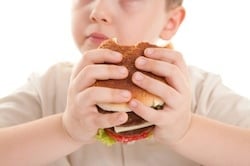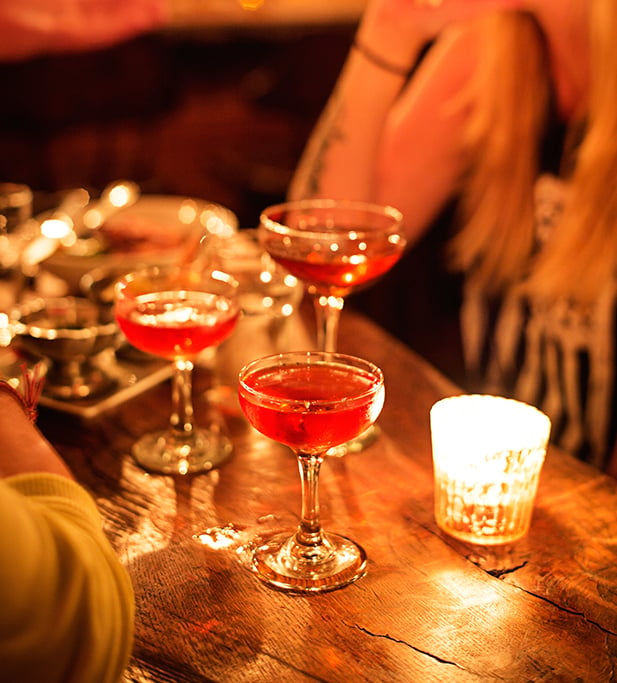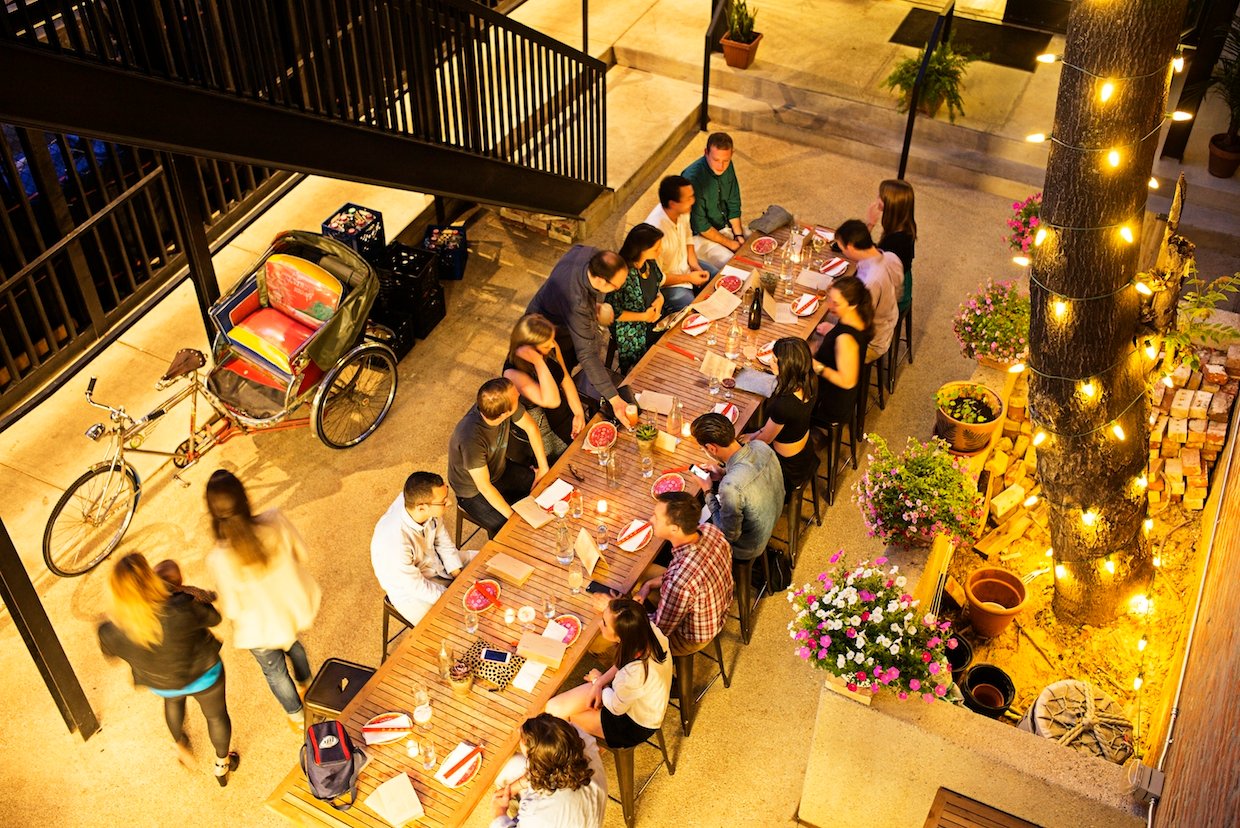
When I was 12 years old, my family moved to a town in northwest France, where I was enrolled in an all-girls Catholic school. Lunch at this school was a two-hour event, and the commissary served pretty decent dishes on the whole, if memory serves. There was a creamy rabbit stew, and vinaigrette-dressed beets we would touch with our fingertips to stain them purple—I don’t remember why we did this; probably because we weren’t supposed to.
There was also a hamburger, though, a horrible pinkish patty of dubious origins. It wasn’t served on a bun; we were meant to eat this round of mystery meat with a knife and fork. I remember the first grisly bite of that burger and how its heavy saltiness made me drain my water glass. Food wasting was a big no-no at the school, which was run by strict Ursuline nuns who needed little prompting to remind us how lucky we were to have food at all. And I was old enough to know they were right. So I ate the burger, slowly, refilling my stout water glass before every bite from a shared pitcher, then taking a deep swig to help send the meat down. Eventually, a classmate asked me what the hell I was doing. I told her I found the burger repulsive. She shook her head.
“But you’re American,” she said. “You love hamburgers. That’s all you eat in America.”
“No,” I said, “it isn’t.” Figuring that would be the end of the exchange.
“Yes,” she insisted. “You eat them at every meal.”
Where to begin? Even if I had wanted to, my French was not yet good enough to explain to her that 1) nobody in America—including the most ardent of burger lovers—ate one at every meal, and 2) this—this dry, pink old turd we were dining on—was not a hamburger! A hamburger had a smoky, beefy scent. It was covered in melty cheese and squished inside a soft bun smeared with ketchup, mustard, and mayo. There were fries involved, if you were lucky. I sat there, lost in the memory of the hamburgers from my home country. Then I picked up my knife and carved out another small bite of ground . . . whatever it was.
In his book Appetite City, William Grimes quotes English journalist Francis Marshall, who wrote in 1949 about his experience eating at Hamburg Heaven, a New York burger restaurant opened in 1939 by a Connecticut housewife. “New Yorkers are very fussy about hamburgers,” Marshall wrote delicately. “I expect this is an acquired taste.” Other countries may have since acquired it—the world is much smaller than it was when I was 12, and I doubt the girls at the Blanche de Castille school are still eating those pink patties. Still, no country will ever do it better. The burger remains the most American of foods—the perfect symbol of indulgence without pretension, of innovation, and, most recently—with the whole pink slime debacle—of the scary truths that reside in much of the food that we make and eat here.
Over the past month, my coworker Anna Spiegel and I have written about burgers every day on this blog. Beyond just indulging our obsession with these national whatever months, the idea was to find out what was going on in the ever-evolving world of the burger. In Washington, it’s clear, chefs are still inspired by the humble beefwich—dressing it in peanut butter and jelly, in foie gras and gold leaf, in French fries and cheese. There’s something alarming about these sandwiches—the staggering calorie content, the questionable okay-ness of celebrating excess—but also something wonderful. At a time when restaurants are taking their food more seriously than ever—listing the farms where the chicken and cheese came from, training front of the house staff in the minutiae of kitchen technique so that they might relay that to customers (sometimes without prompting)—burgers seem to inspire playfulness. BLT Steak’s 1% burger pokes fun at the fat-cat steakhouse’s own clientele; Mintwood Place’s amazing hangover remedy prompts us to marvel at our tendencies to follow up excessive drinking with more devil-may-care hedonism. The point is it’s clear we’re still having fun with our hamburgers. We’re Americans, after all; that’s what we do. Just not at every meal.













